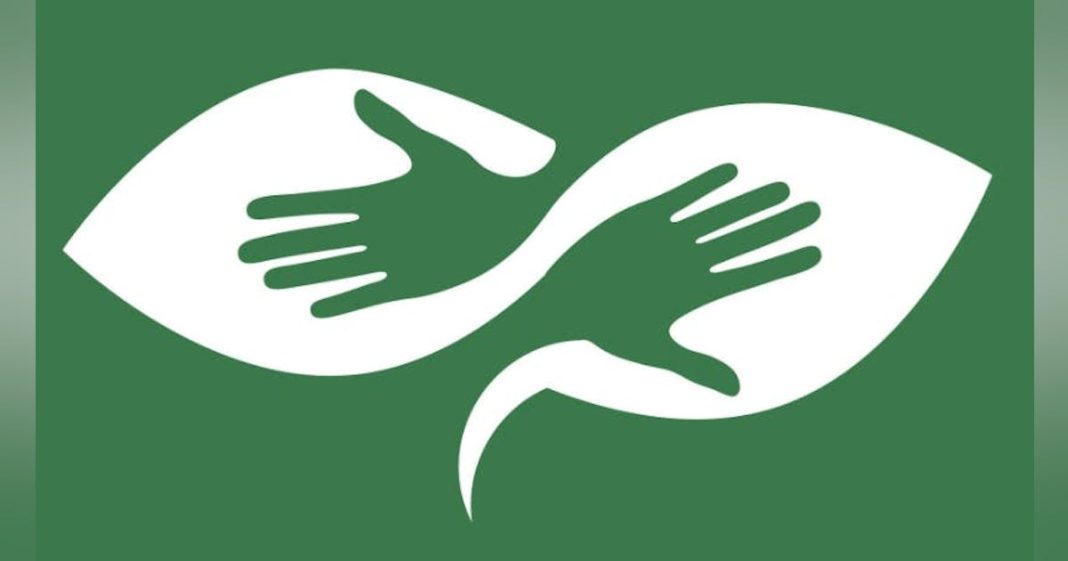Leaders of Teladoc Health Inc. are testing a weekly pricing structure for their BetterHelp direct-to-consumer behavioral health product as they look to return that offering to growth.
CFO Mala Murthy told a recent conference organized by investment bank Piper Sandler that the experiment aims to expand access to BetterHelp, which accounts for about 40 percent of Purchase, New York-based Teladoc. Murthy said the test has produced “some encouraging signs early on” and that she and CEO Chuck Divita and their team will continue to monitor progress.
A spokesperson for Teladoc said the company launched the pricing experiment in September and hasn’t yet decided on an end date. The weekly pricing structure—which is at the same rate per month as the company’s core monthly plans—was first made available to members in the United States but has since been expanded to international markets.
The weekly price is being offered to subsets of new users as well as existing users who were lapsing in their use of BetterHelp. The spokesperson said the number of users has been expanded since September’s launch.
A boost in BetterHelp membership and use would be welcome news for Divita and Murthy: Through the first nine months of this year, BetterHelp’s revenues slipped 9 percent to $773 million and its adjusted EBITDA fell by more than a quarter to roughly $56 million as the number of average monthly paying users slid 13 percent.
Reporting those numbers and Teladoc’s third-quarter results more broadly in late October, Divita said his team is “moving with urgency and making changes to more effectively leverage our leadership position in the complex and dynamic markets we serve.” Looking ahead to 2025, he said Teladoc has in front of it “an important repositioning year.”
Shares of Teladoc (Ticker: TDOC) closed trading Dec. 19 at $8.97, which gives the company a market capitalization of a little more than $1.5 billion. Over the past six months, the shares—which were investor darlings during the telehealth boom amid the COVID-19 pandemic—have lost about 11 percent of their value.







